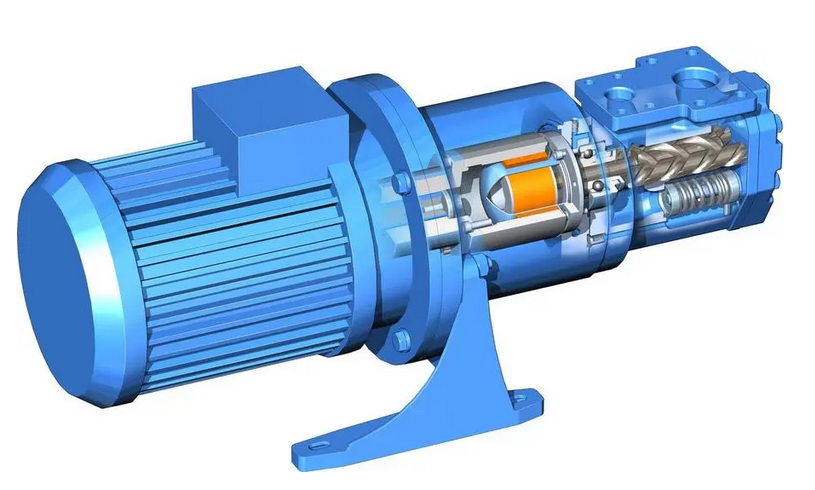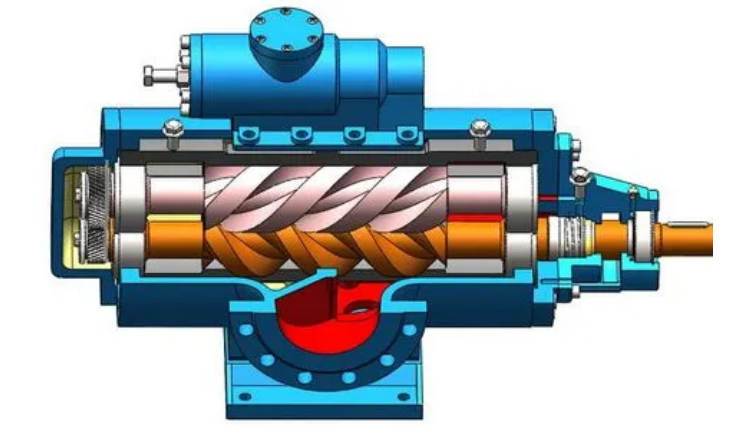The screw pump curve is typically generated through testing or calculation, and it provides valuable information about the pump's operating characteristics and performance under different conditions.
The key components of a screw pump curve include:
Flow rate (Q): This is the volume or rate of fluid being pumped by the screw pump and is usually measured in gallons per minute (GPM) or cubic meters per hour (m³/h).
Head or Pressure (H): This represents the energy imparted to the fluid by the pump and is measured in units such as meters (m), feet (ft), or pounds per square inch (psi). It indicates the pump's ability to overcome resistance and lift the fluid to a certain height or deliver it at a certain pressure.
The screw pump curve is typically presented as a graph with flow rate (Q) on the horizontal axis and head or pressure (H) on the vertical axis. The curve may include multiple lines or curves, each representing a specific pump speed or impeller diameter.
The shape of the screw pump curve provides valuable information about the pump's performance. A typical screw pump curve exhibits the following characteristics:
System Curve Intersection: The point where the screw pump curve intersects with the system curve represents the operating point of the pump in a specific system. This point determines the flow rate and head or pressure required by the system.

Maximum Efficiency Point: The screw pump curve often shows a peak or maximum efficiency point, which represents the flow rate at which the pump operates most efficiently. Operating near this point can help optimize the pump's energy consumption and minimize operating costs.
Operating Range: The curve also indicates the pump's operating range, which is the range of flow rates and heads or pressures within which the pump can operate effectively. Operating outside this range may result in reduced performance or even damage to the pump.
By analyzing the screw pump curve, engineers and operators can select the appropriate pump size, determine the expected performance under different operating conditions, and optimize the pump's efficiency and reliability.






 Customer service 1
Customer service 1  Customer service 2
Customer service 2